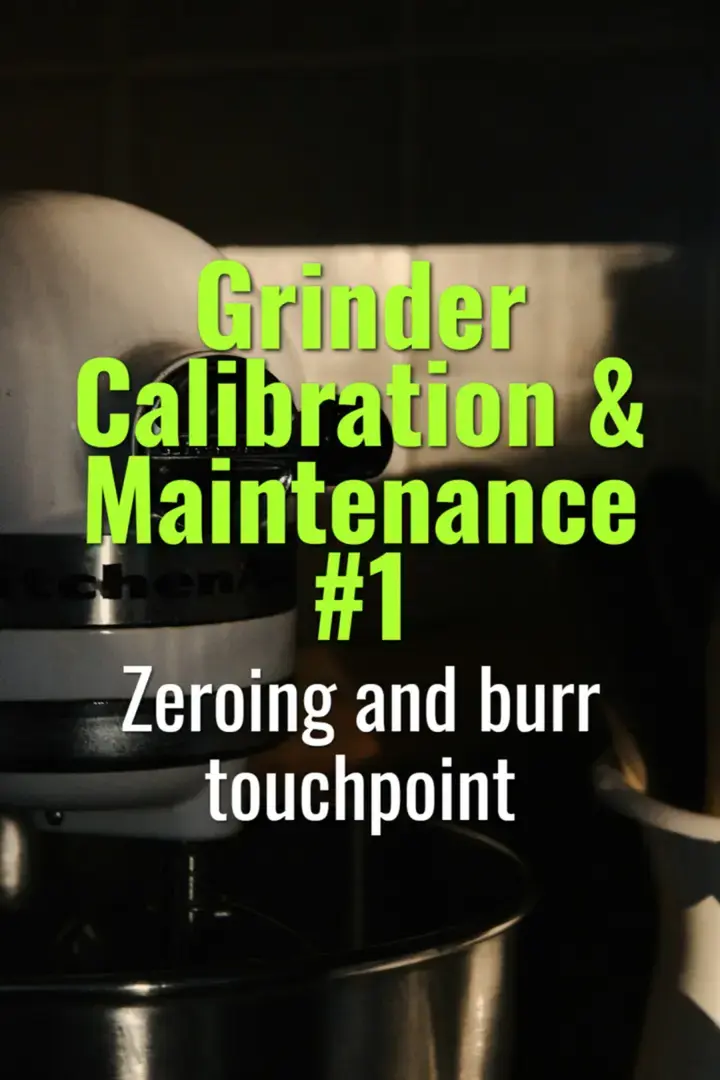Zeroing and burr touchpoint
How to properly zero a grinder and identify the burr touchpoint, ensuring accuracy and consistency in grind settings.
- Coffee Basics Nerds
- 2 min read
Article 1 of 12 in Grinder Calibration & Maintenance/

What is Zeroing?
- Zeroing = finding the true reference point where the grinder’s burrs meet.
- Provides a baseline for grind adjustments.
- Different grinders (flat vs conical burrs) may have different calibration mechanisms.
Burr Touchpoint
- Definition: The point at which the two burrs make contact.
- Usually detected by a faint metallic sound when running grinder empty.
- Not used for grinding coffee, but as a reference mark.
Why It Matters
- Over time, burrs wear, shifting calibration.
- Factory markings often drift from reality.
- Without zeroing, settings are inconsistent across grinders or after maintenance.
How to Zero a Grinder
- Empty Grinder: Ensure no beans remain.
- Run Grinder Empty: Slowly close grind adjustment until faint burr contact is heard.
- Mark Position: Record as the zero or “touchpoint.”
- Back Off Slightly: Prevent burr damage by reopening to safe starting point.
Practical Tips
- Always use low RPM or manual turning to detect touchpoint safely.
- Conical burrs may have less distinct touch sounds; look for slight resistance.
- Mark zero point with tape or permanent marker for easy reference.
Using Zero in Workflow
- From zero, establish working ranges:
- Filter coffee: usually +6 to +10 clicks (depending on grinder).
- Espresso: closer to zero, +2 to +5 clicks.
- Reset after burr replacement to maintain accuracy.
Summary
Zeroing and burr touchpoint detection create a reliable baseline for grind settings. By identifying where burrs meet, baristas can calibrate grinders consistently, ensure repeatable recipes, and adjust effectively as burrs wear over time.